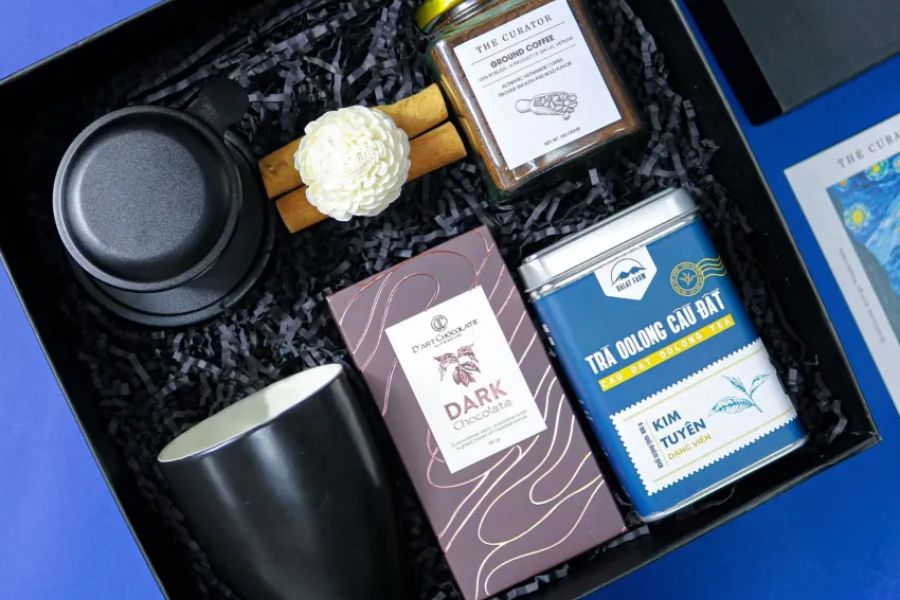- Jun 11, 2024
What Difficulties To Preserve & Promote Vietnamese Ceramics?
From lifeless clay, artisans breathe life into exquisite ceramics, imbued with beauty and cultural significance. Yet, beneath this artistry lie the struggles that test the patience, perseverance, and passion of these dedicated craftspeople.
Join Chus in this article as we delve into the challenges facing Vietnam's ceramic industry.
Lacks of human resources
Vietnam's renowned ceramics, rich with cultural heritage, face a looming threat: a shortage of skilled workers.
This age-old craft demands meticulousness and patience, qualities not readily found in today's youth drawn to faster-paced, higher-paying careers. Traditional pottery villages often lack safe and hygienic working environments, further deterring young talent.
Outdated training methods, relying solely on "master teaches apprentice," contribute to uneven skill levels and hinder product quality.
Finally, lower wages compared to other industries push skilled workers towards better-paying opportunities, exacerbating the labor shortage.

Lacks of rew materials
Despite weathering historical storms, Vietnamese ceramics, a cornerstone of national culture, face a new threat: material scarcity. This looming shortage puts the industry's core values at risk.
Environmental concerns: The extraction and processing of ceramic materials contribute to pollution, impacting the quality of raw materials.
Shifting landscapes: Conversion of farmland for industrial zones and urban development shrinks the land available for raw material extraction.
Costly consequences: Material scarcity drives up production costs, potentially limiting consumer access to these products.
Quality concerns: Subpar raw materials lead to lower quality products, tarnishing the industry's reputation.
Difficulties in the market
Global challenge: Established players like China, Thailand, and Japan dominate the international market with their advanced technology, lower prices, and wider design variety. This makes it hard for Vietnamese ceramics to gain a foothold.
Domestic stagnation: The Vietnamese market itself is saturated with mass-produced, uninspired designs. This, particularly, alienates young consumers, leading to a decline in overall interest.
Marketing hurdles: Handmade producers struggle to access the market due to limited distribution channels and ineffective promotion. Their products often fail to reach potential buyers.
Trend dilemma: Keeping up with ever-evolving consumer tastes requires constant product innovation. Unfortunately, small-scale and individual potters find it difficult to adapt to these trends.

Inadequacies in technical issues
Vietnam's ceramic industry faces a significant roadblock in its reliance on manual production methods. This traditional approach presents several challenges that limit its growth and competitiveness.
Limited automation: The absence of modern machinery translates to lower overall productivity. Workers perform tasks repetitively, which can lead to fatigue and potential injuries. Furthermore, manual processes inherently lack the precision of automated systems, resulting in inconsistencies in product size, shape, and overall quality.
Humidity control nightmare: Vietnam's tropical climate throws another wrench into the production process. Maintaining optimal humidity levels for shaping and drying ceramic pieces is crucial. High humidity makes ceramics susceptible to cracking or warping during these stages. Conversely, excessively low humidity causes the clay to become dry and brittle, hindering its workability and increasing the risk of cracking during firing. Traditional workshops often lack sophisticated climate control systems, making it difficult to achieve the consistent humidity levels necessary for high-quality production.

The glaze conundrum: Ceramic glazes, the decorative and protective coating on finished products, are another area where traditional methods pose challenges. Mixing glazes based on time-honored formulas can result in inconsistencies. Improper ingredient ratios can lead to clumping or peeling of the glaze after firing, compromising the aesthetics and functionality of the final product.
Firing under pressure: The final stage, firing the ceramics in a kiln, requires meticulous control of temperature and duration. Traditionally built kilns often struggle to maintain consistent temperatures throughout the chamber. This inconsistency can lead to uneven firing, resulting in products that are either undercooked (weak and porous) or overcooked (deformed or cracked). The high rate of defective products due to imprecise firing creates additional waste and financial losses for producers.

Conclusion
The path to development and spread of Vietnam's ceramic industry still has many hardships and challenges. However, the difficulties and concerns of ceramic artists will not fade the passion, creativity and love for sophisticated ceramic products with traditional values.
Nowadays, there are many famous brands in making high-quality Vietnamese ceramic products with many different designs and prices. You can buy it right on CHUS!










